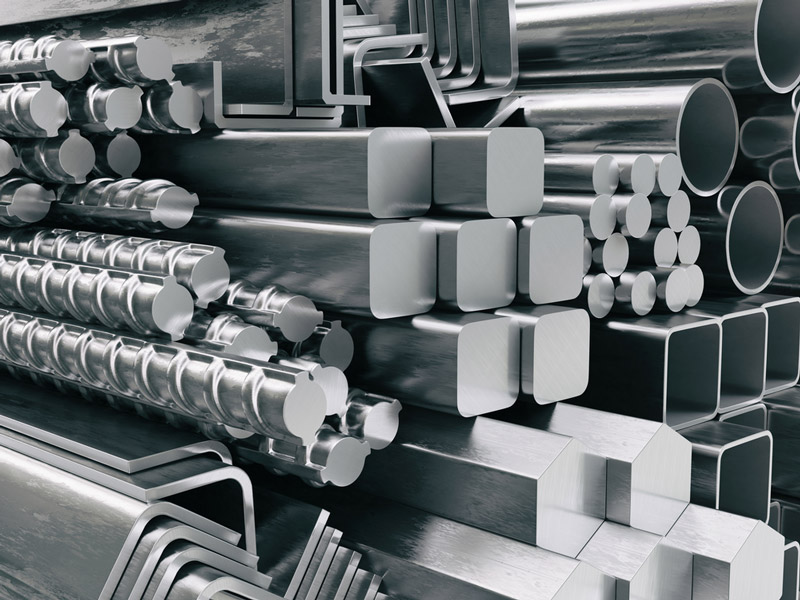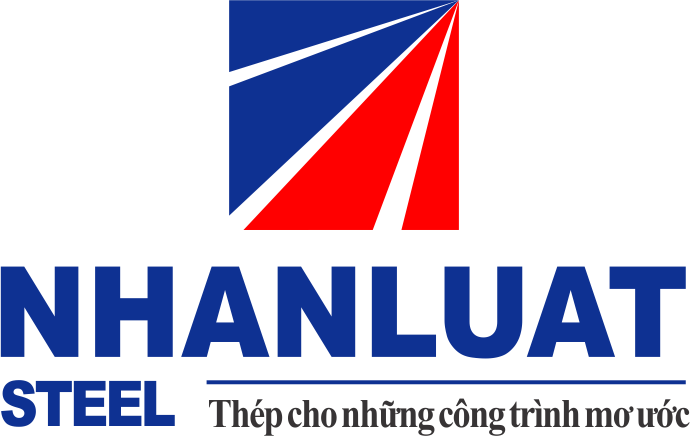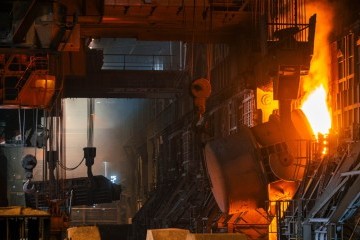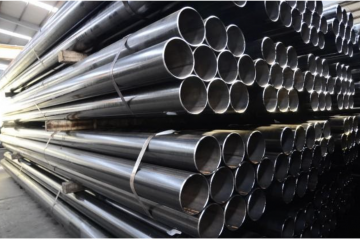Following the guidance of the Deputy Prime Minister of the Government in Document No. 97/VPCP-CN dated January 5, 2022, issued by the Government Office, regarding the task of having the Ministry of Industry and Trade (MOIT) collect opinions from the Ministry of Planning and Investment (MPI) (Document No. 6501/BKHĐT-KTN dated October 27, 2021) and the Ministry of Natural Resources and Environment (MONRE) (Document No. 6152/BTNMT-ĐCKS dated October 11, 2021) to propose the construction of the Steel Industry Development Strategy. After synthesizing the opinions, MOIT has officially submitted a report to the Prime Minister.

Why does the Ministry of Industry and Trade propose the construction of the Vietnam Steel Industry Development Strategy?
Regarding the competitive capacity of the steel industry, the report states: In recent years, the steel industry has experienced strong development in terms of capacity and technology. Several large-scale steel plants with high-quality steel have been invested in and put into operation, such as the Hoa Phat Dung Quat Steel Complex, the Nghi Son Iron and Steel Corporation, and the Formosa Ha Tinh Steel Corporation... As of 2021, the production capacity of steel billets of domestic enterprises is 27 million tons per year, of which hot-rolled coils (HRC) account for 7-8 million tons per year.
For construction steel, the domestic production capacity of about 14 million tons will meet 100% of the domestic demand and partly fulfill the export demand. Of this, 42% of the production is sourced from imported steel scrap, and 58% is produced from blast furnaces using raw iron ore. Additionally, for steel serving mechanical and manufacturing industries, Vietnam has also produced and met part of the demand for hot-rolled coils (HRC) (about 8 million tons per year).
However, apart from the newly constructed large-scale steel plants like Hoa Phat Dung Quat Steel Complex, Formosa Ha Tinh Steel Corporation, and Nghi Son Steel, most of the remaining steel billet production plants have small capacities, outdated equipment, and limited steel production capabilities. Domestic steel products are still unable to meet the entire steel demand for the entire economy.
The Ministry of Industry and Trade recognizes that Vietnam's steel industry's competitive capacity is relatively low since a significant portion of the raw materials for steel production needs to be imported. Furthermore, there are still small-scale plants with outdated equipment, high energy consumption, and environmental risks.
In addition, Vietnam's steel industry fundamentally depends on imports of foreign raw materials such as iron ore, steel scrap, coke, and graphite electrodes. As a result, fluctuations in the prices of these raw materials will directly affect the domestic finished steel prices, which will need to be adjusted according to the world market.
The report highlights that during the period 2016-2021, the steel industry experienced rapid development but lacked balance between upstream and downstream development. Products such as galvanized steel sheets and steel pipes had good growth in value of production and exports. However, for alloy steel, especially HRC, which is a crucial input for many industries such as cold-rolled steel (CRC) production, galvanized steel, steel pipes, shipbuilding, and mechanical manufacturing with significant demand, domestic production capacity has not met the requirements, resulting in continued significant imports.
In the long run, to ensure the domestic supply of HRC and various high-quality alloy steels, Vietnam needs to continue attracting investments in large steel production complexes to serve domestic demand and reduce dependence on steel imports.
The steel industry lacks specific support policies
According to the report, the steel industry plays a crucial role in the country's industrialization and modernization process; it is the foundational industry and input material for important sectors such as mechanical engineering and supporting industries. Moreover, developing a strong steel industry also creates a solid foundation and develops markets for processing and manufacturing industries, construction, and mechanics, contributing to stable supply and increasing the productivity and efficiency of these industries.
The steel industry also makes significant contributions to the country's transition and urbanization, impacting economic and social development. With Vietnam's per capita steel consumption (about 240 kg/person/year) still significantly lower than that of neighboring countries such as Malaysia and China, the potential for Vietnam's steel industry development in the future is enormous. Despite its importance, the Ministry of Industry and Trade believes that Vietnam lacks specific policies and directions to promote and develop the steel industry.
"Ensuring domestic steel production is an essential requirement for self-sufficiency in raw materials for production and consumption, as well as the process of urbanization and modernization of the country's material base. Therefore, for the sustainable and stable development of the steel industry, the State needs to build robust policies to promote the development of steel industries that form the fundamental basis for industrialization in a modern and sustainable direction," the Ministry of Industry and Trade's report emphasizes.
To accelerate the country's industrialization and modernization, Vietnam needs policy directions to develop the metallurgy sector, materials, especially for processing and manufacturing various types of steel.
Firstly, for HRC: in the coming period, additional investment projects for large-scale production are needed. This type of steel holds significant importance in the processing and manufacturing industry.
Secondly, for alloy steel, especially for mechanical industries, Vietnam needs to build large-scale metallurgical complexes focused on producing various types of steel for processing and manufacturing, with market-oriented technology capabilities to take control of basic steel processing and manufacturing technology.
The report also mentions that the State should have preferential policies regarding land, infrastructure, science and technology, and human resources training to encourage and promote steel development projects, thereby forming a strong foundation for the country's industrialization and modernization.
According to preliminary forecasts, Vietnam's total market demand for processing industries by 2030 may reach $310 billion. Of this, the market demand from industrial mechanics is $120 billion; for construction, agriculture, and processing machinery, it is $15 billion; for standard equipment, it is $10 billion; for rail transportation, it is $35 billion; for subway transportation, it is $10 billion, and for automobiles, it is $120 billion.
This will be a significant market for the domestic steel industry, especially for high-quality processed steel and alloy steel serving various processing industries, which Vietnam currently cannot independently produce domestically.
According to the Ministry of Industry and Trade, Vietnam needs to establish a comprehensive steel industry development strategy to ensure the country's self-sufficiency in raw materials for steel production, meet domestic demand, and promote the modernization and sustainability of the steel industry.




